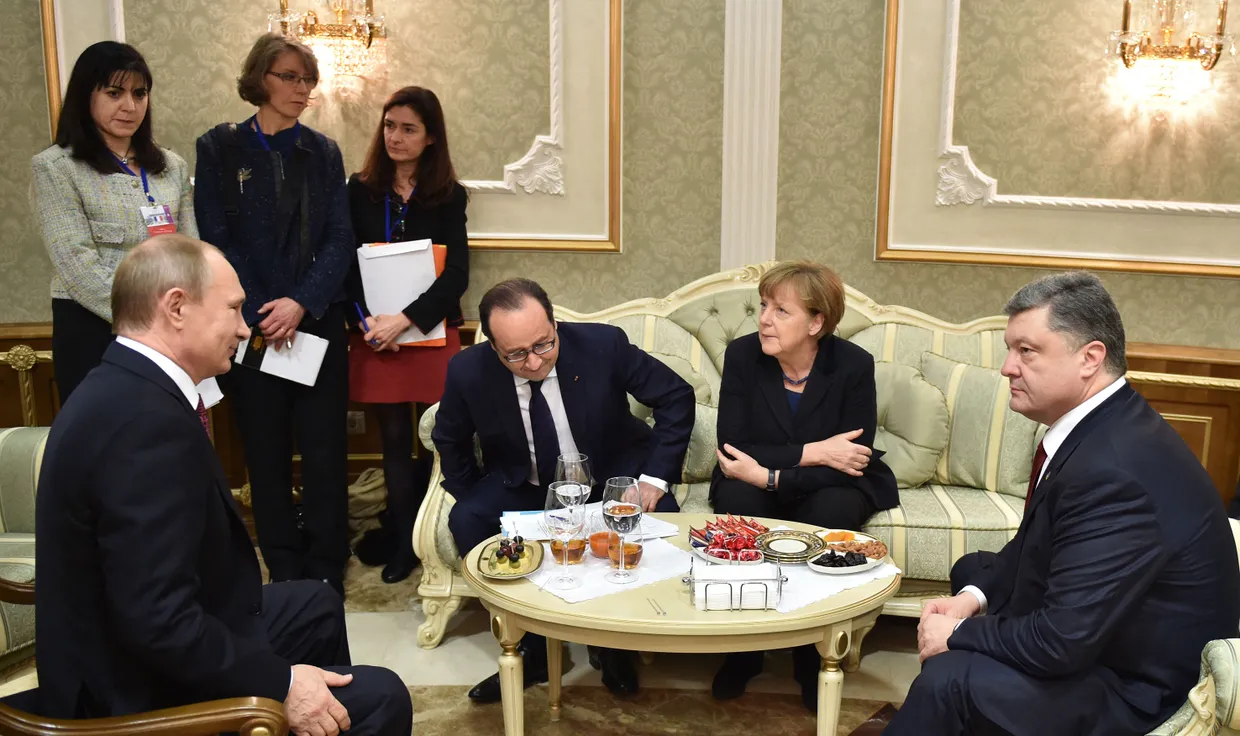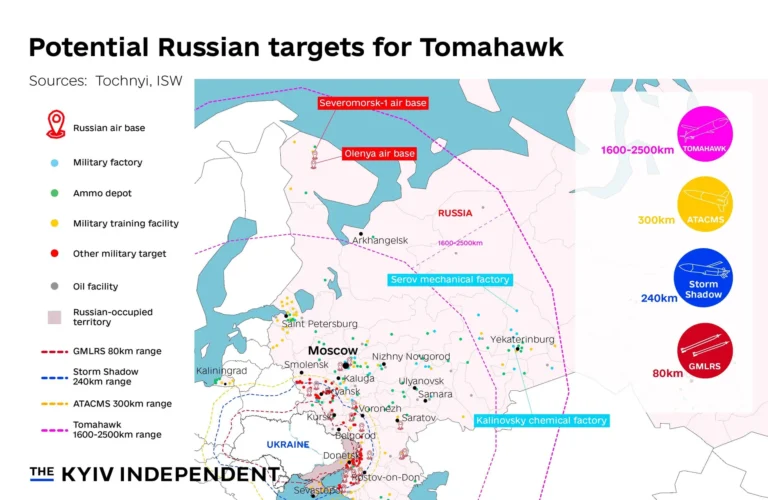
🕊️ The Minsk Agreements: Why Peace Never Came to Ukraine
Ten years ago, Ukraine and Russia sat down to negotiate peace. What followed were the Minsk Agreements, a series of ceasefire deals that promised to end the war in eastern Ukraine. They were hailed by some as a breakthrough, but for those on the ground, they were more of a smokescreen than a solution.
As we talk again in 2025 about the possibility of new negotiations, it’s crucial to understand why the Minsk Agreements failed, not just for history’s sake, but to avoid repeating the same mistake.
💥 What Sparked the Need for Minsk?
In 2014, just months after Russia illegally annexed Crimea, armed Russian-backed fighters stormed parts of Ukraine’s Donetsk and Luhansk regions. These weren’t local uprisings, they were coordinated, supplied, and led by Moscow.
With Ukrainian forces under heavy fire and outgunned, and the West reluctant to intervene militarily, Ukraine was pressured into talks in Minsk, Belarus. The so-called “Trilateral Contact Group” (Ukraine, Russia, and the OSCE) negotiated the first ceasefire, known as Minsk-1.
📝 Minsk-1 (2014): A Ceasefire in Name Only
Minsk-1 was a 12-point agreement aimed at stopping the shooting and setting the stage for future political solutions. It included prisoner exchanges, a halt to weapons use, and promises of special status for occupied regions.
But within days, it was clear: the ink had barely dried before the ceasefire was being broken, mostly by Russian-backed forces.
Even as the agreement called for the withdrawal of foreign fighters, Russian troops and equipment continued to pour across the border. It wasn’t peace. It was a pause, one that cost Ukraine dearly.
🧨 Minsk-2 (2015): An Even Worse Deal
After another devastating battlefield defeat in Debaltseve, Ukraine was again forced to negotiate, this time under even worse conditions. Minsk-2 was signed after 16 hours of high-level talks between the leaders of Ukraine, Russia, France, and Germany.
This deal expanded the ceasefire terms and pushed Ukraine to grant more political concessions to the Russian-occupied regions, including constitutional changes. But once again, fighting continued within minutes of the official ceasefire announcement.
Ukrainian soldiers were dying while Western leaders clung to the illusion that diplomacy was working.
🚧 Why Did It Fail?
The Minsk Agreements failed because:
- Russia wasn’t a neutral party, it was the aggressor, pretending to be a mediator.
- The agreements had no enforcement mechanism, no one could hold Russia accountable.
- Western countries prioritized “stability” over justice, Germany pushed Nord Stream 2 even after Minsk-2 was signed.
- The OSCE monitoring mission had limited access and often operated only in Ukrainian-controlled territory, rendering it largely symbolic.
- The occupied territories became bargaining chips, with Russia demanding Ukraine grant them autonomy, effectively giving Moscow a veto over Ukraine’s future.
So Why Did Ukraine Sign?
Because there was no better option at the time. Ukraine’s military was in disarray, the economy was collapsing, and Western weapons weren’t yet flowing in.
As former President Poroshenko later admitted, the Minsk deals were about buying time, time to rebuild, train soldiers, and modernize Ukraine’s defenses.
And that time was used wisely.
🔁 History Repeating?
In 2025, there’s talk again of ceasefires and negotiations. But Ukraine has learned from Minsk. President Zelensky has made it clear: no deal without real security guarantees. Not another pause that lets Russia regroup. Not another fake “peace process” that gives the world an excuse to look away.
If you found this breakdown valuable, consider supporting my work. I write to inform, not to appease, and with your support, I can keep going.






